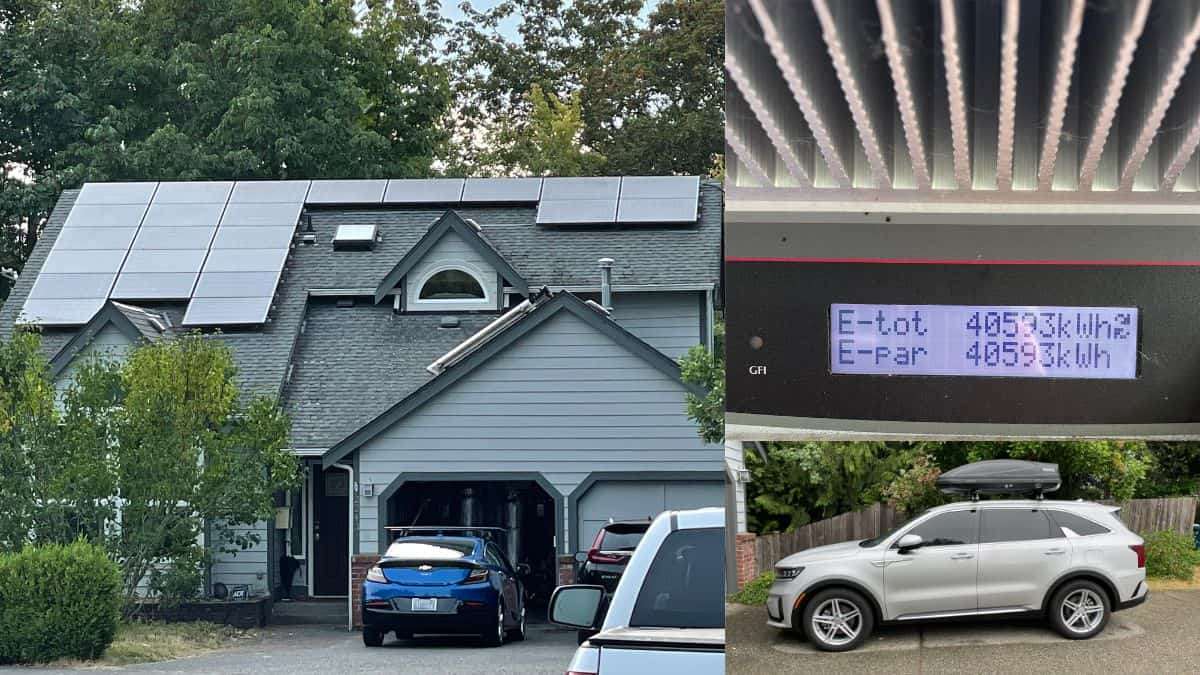For some tangible context, how much is 1.3 billion tonnes in say number of skyscrapers? The tallest skyscraper in the world, the Burj Khalifa, weighs 500,000 tonnes, empty. That means the US fleet of personal and commercial vehicles emits the weight of at least 2,600 Burj Khalifa’s worth of carbon dioxide every single year. Holy high rises Batman, that’s a lot of carbon dioxide!
The transportation sector is our largest source of CO2 emissions in the US at 38%. But it doesn’t have to be. Electric vehicles (EVs) have zero CO2 tailpipe emissions. Plug-in hybrids (PHEVs) which can cover a large percentage of total annual miles on electricity alone and standard hybrids (HEVs) which consume typically 20-30% less gasoline than non-hybrid vehicles could also go a long way toward lowering the US’s CO2 emissions. Each EV could prevent 4.6 tonnes of CO2 tailpipe emissions, each PHEV could prevent about 2.5 to around 4 tonnes (depending on how often it is charged, the size of its battery, etc.) and each HEV could prevent about 1 - 1.5 tonnes annually, on average.
There are currently over 1.7 million EVs on the road in the US (less than 1% of the current total fleet), and they are moving us toward a lower emission future, incrementally. But that number is rising, likely by about 1,000,000 this year (based on over 750,000 sales last year and monthly data for 2023 indicating healthy increases, overall, for EV sales in 2023), and almost certainly increasing significantly over that figure in each subsequent year, too. Will the rate of sales for EVs, PHEVs and HEVs increase rapidly enough in the near future to begin to halt or even turn around the annual CO2 emissions in the US? It certainly could, given enough volume, but with that many additional EVs and PHEVs on the road, there would be a fairly sizable increase in electricity demand too.
Power generation is our second largest source of CO2 emissions in the US, at 33% of our total CO2 emissions. So won’t all those electric cars and PHEVs just lead to the creation of more CO2 from electrical generation? Not really, or not in the long term because renewable energy is the fastest growing electricity generation source in the US. Renewable energy, in the forms dominating its growth (wind and solar) don’t emit any CO2, directly, in the generation of electricity. They are responsible for some CO2 emissions in their creation and installation of course, but that is a very small fraction of what fossil fueled electricity generation produces each year. But even in places where vehicles plug into a grid that is predominantly powered by fossil fuels, we can better control emissions from single sources, like a power plant, than we can individual vehicles. Thus, electrified vehicles help lower carbon dioxide emissions significantly and that impact is magnified as more renewable energy comes online. Over time, the combined effect of electrifying our commercial and personal vehicles and expanding renewable energy, will significantly decrease the amount of carbon dioxide our nation is pumping into the atmosphere and is the most effective thing we can do to dramatically reduce our nation’s carbon emissions.
Please leave any questions or comments below.
Image courtesy of Justin Hart.
Justin Hart has owned and driven electric vehicles for over 15 years, including a first generation Nissan LEAF, second generation Chevy Volt, Tesla Model 3, an electric bicycle and most recently a Kia Sorento PHEV. He is also an avid SUP rider, poet, photographer and wine lover. He enjoys taking long EV and PHEV road trips to beautiful and serene places with the people he loves. Follow Justin on Twitter for daily KIA EV news coverage.





